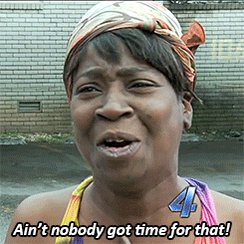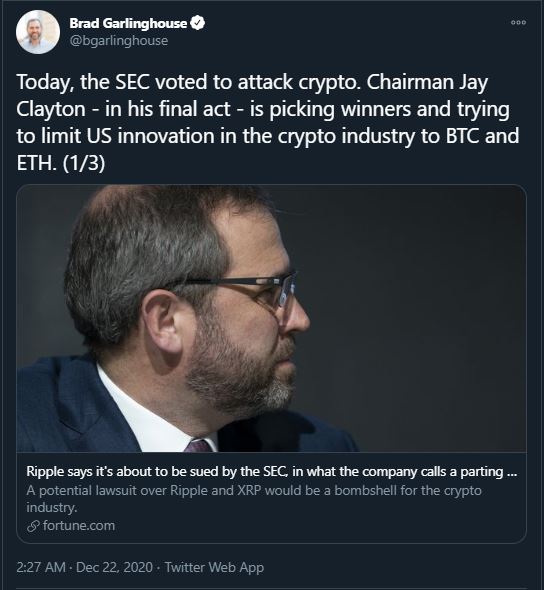In this entangled mess of variables, aspects practice-as-done are
Compliance is fundamentally at odds with innovation and continuous improvement
Compliance tends to constrain operations to narrow sets of approved sequences of tasks as the means to assure the secure attainment of certain business outcomes. But at what cost ?
🧵
In this entangled mess of variables, aspects practice-as-done are

But is there an alternative ? I think there is, but requires re-thinking the problem. Here’s my suggestion:
Let’s talk with experienced practitioners to help us determine where they believe boundaries of security exist, in their own context.
- what are indicators that warn you should really pay attention ? How can we help in
More from Business
I wonder how much came from the
Funny, this transfer of wealth from the poor citizens to the rich billionaires aided by lockdowns and tyrannical governors wasnt just isolated to America. Australia billionaires seemed to amass much wealth during a time record number of businesses
AUSTRALIA: Country's billionaires are over 50% richer than they were this time last year, according to data from Bloomberg Billionaires Index.
— The Spectator Index (@spectatorindex) December 30, 2020
It’s truly the Town Square of the Internet.
But finding the diamond in the rough voices can be tough.
Here are 20 of my favorite people to follow:
1. Alex Lieberman - @businessbarista
Alex writes extensively about the Founder journey.
The cool part is he’s lived everything he talks about - starting from $0 and selling for $75M with hardly any outside capital raised.
My favorite piece:
A life well-lived is a life-well planned.
— Alex Lieberman \u2615\ufe0f (@businessbarista) July 14, 2021
5 steps to build your own "Life Map" \U0001f9f5
2. Ryan Breslow - @ryantakesoff
Ryan is a Top 1% founder.
This guy is a machine - he’s built 2 unicorns before the age of 27.
Ryan spells out lessons on fundraising, operating and scaling.
My favorite piece:
The biggest lesson I\u2019ve learned in building a $4B company:
— Ryan Breslow \U0001f57a (@ryantakesoff) September 23, 2021
It\u2019s all about the people.
I\u2019m thrilled to announce today that Bolt is the first tech unicorn to officially shift to a 4 day work week.
Here\u2019s why we did it and how we came to the decision \U0001f447\U0001f447\U0001f447
3. Jesse Pujji - @jspujji
Jesse is who I think of when I think “bootstrapping.”
He bootstrapped his company to an 8-figure exit and now shares stories about other awesome bootstrappers.
He’s also got great insight into all things growth marketing:
Welcome new followers!!
— Jesse Pujji (@jspujji) September 16, 2021
Thanks for joining my entrepreneurial community.
To learn more about my journey, listen 2 my convo with @patrick_oshag.
I tell my story about bootstrapping, marketing, DTC and building a culture with conscious leadership. https://t.co/BSg6hCEE0L pic.twitter.com/gH4tAjfFBx
4. Post Market - @Post_Market
Post puts out some of the most thoughtful investment insights on this platform.
It’s refreshing because Post cuts through the hype and goes deep into the business model.
Idk who he/she/it is, but the insights are 💣.
Sweetgreen, ~$400M run-rate in sales (RLM% of 16% in 2019) and 140 units (+20-25 per year).
— Post M. (@Post_Market) October 25, 2021
Lets say 400 units by 2030 @ $3.5M AUV ($2.5M today) and 21.5% RLM. $300M RL EBITDA less $200M in G&A less $25M in maint. capex. is $75M in 'owners' EBIT
Last round at $1.6B. Yikes.
You May Also Like

his name might sound familiar because the new cortellucci vaughan hospital at mackenzie health, the one doug ford has been touting lately as a covid-centric facility, is named after him and his family
but his name also pops up in a LOT of other ford projects. for instance - he controls the long term lease on big parts of toronto's portlands... where doug ford once proposed building an nfl stadium and monorail... https://t.co/weOMJ51bVF

cortellucci, who is a developer, also owns a large chunk of the greenbelt. doug ford's desire to develop the greenbelt has been
and late last year he rolled back the mandate of conservation authorities there, prompting the resignations of several members of the greenbelt advisory





















